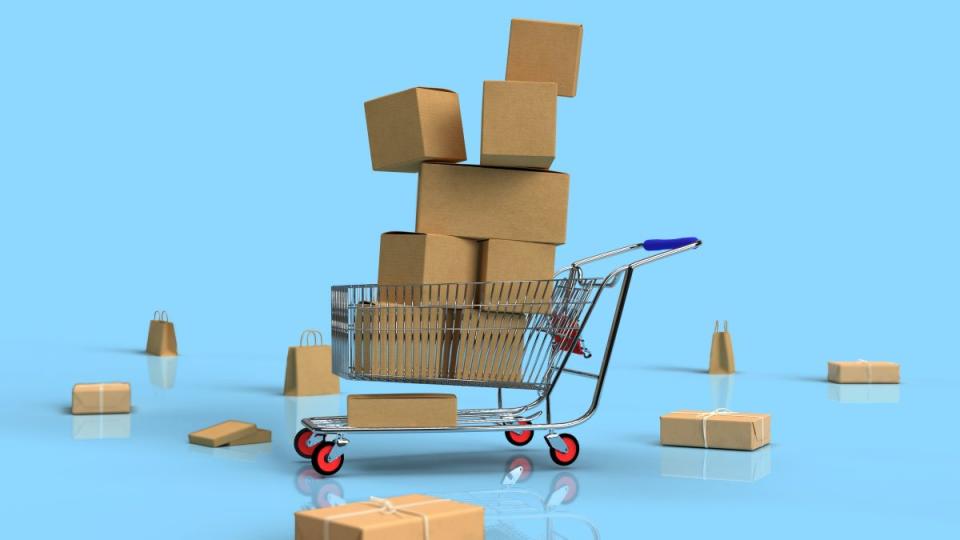Connecting communities with instant last-mile delivery

Beyond just moving parcels from point to point, deliveries have the potential to bring together different members of the community
The introduction of quick commerce has accelerated the change in consumer habits, particularly the desire for faster delivery of goods and a different path-to-purchase from traditional purchases. Consumers have become accustomed to the convenience and speed of e-commerce - they now expect quicker deliveries, often next day, or sometimes even on the same day, which puts pressure on last-mile logistics to meet these demands.
With Southeast Asia’s expanding urbanisation, it has generated a higher request for products and amenities to be delivered faster, amplifying the demand for instant last-mile delivery. In the world of instant gratification, Consumer-to-Consumer (C2C) delivery is changing how individuals and small businesses in communities connect.
Empowering small businesses
Businesses that can offer fast last-mile delivery will gain a competitive advantage in a crowded market. Limited by resource constraints, small businesses, in particular, often need to rely on efficient last-mile logistics to compete with larger retailers. Fast and reliable delivery can help small businesses access a broader customer base and compete in the e-commerce market.
This is where C2C delivery services come in. Small-scale sellers can access a reliable and fast delivery channel without the need for large-scale logistics infrastructure, along with a cost-effective alternative to traditional delivery services. Instant delivery platforms like pandago are beneficial for small businesses and entrepreneurs who are looking to reduce operational costs, as users can rely on foodpanda’s rider fleet for small instant deliveries around the clock, helping businesses better manage their delivery costs.
The rise of e-commerce platforms and online marketplaces has provided individuals with convenient digital spaces to buy and sell products directly to one another. These platforms have expanded the reach of C2C transactions and made it easier for individuals to connect. pandago aims to be at the forefront of this revolution, to go beyond mere transactions and reshape the landscape of commerce in Asia.
Connecting communities
The demand for more logistics options also extends to consumers. The most frequently sent items in Singapore via pandago include food and drinks, medication, and personal wellness items such as supplements, balms, creams, etc. Many customers also used this service to deliver forgotten items such as keys and keycards. Notably, the highest number of deliveries were made during gifting occasions, such as Mother's Day and Mid-Autumn Festival, as well as e-commerce sales like 9/9, 10/10, and 11/11.
There is also a similar trend in the Philippines and Thailand throughout the early launch stages of pandago, showing demand for express delivery services across the region. The most frequent items delivered in the Philippines were clothes and accessories, while in Thailand, it was food and drinks, books and documents.
Beyond the day-to-day convenience, C2C delivery can also be leveraged to engage the wider community in a meaningful way. In Taiwan, foodpanda collaborated with a local NGO to help deliver daily essentials to locals during the pandemic. The recipients included low- to middle-income households, and vulnerable families with emergency needs, amongst others. foodpanda mobilised its existing rider fleet to help deliver supplies to disadvantaged families so that recipients can receive the materials they need as soon as possible.
Looking beyond operations
Due to the pandemic, there is an increased interest in gig economy opportunities. Many individuals turned to C2C delivery and courier platforms as a way to supplement their income or transition to remote work. For food delivery riders, they can benefit from additional earning opportunities from C2C deliveries. As pandago operates 24/7, riders are provided the opportunity to earn from deliveries made during off-peak hours too.
Instant last-mile logistics and C2C delivery are changing with technological advancements and changing consumer expectations, and will continue to change as these evolve. Beyond just moving parcels from point to point, deliveries have the potential to bring together different members of the community, delivering an interconnected future.
Luc Andreani is the chief operating officer of foodpanda
See Also:
Click here to stay updated with the Latest Business & Investment News in Singapore
Temu parent PDD surpassed Alibaba's market cap. Will the success last?
Foodpanda’s owner confirms negotiations regarding potential sale in selected Southeast Asian markets
Get in-depth insights from our expert contributors, and dive into financial and economic trends

 Yahoo Finance
Yahoo Finance 